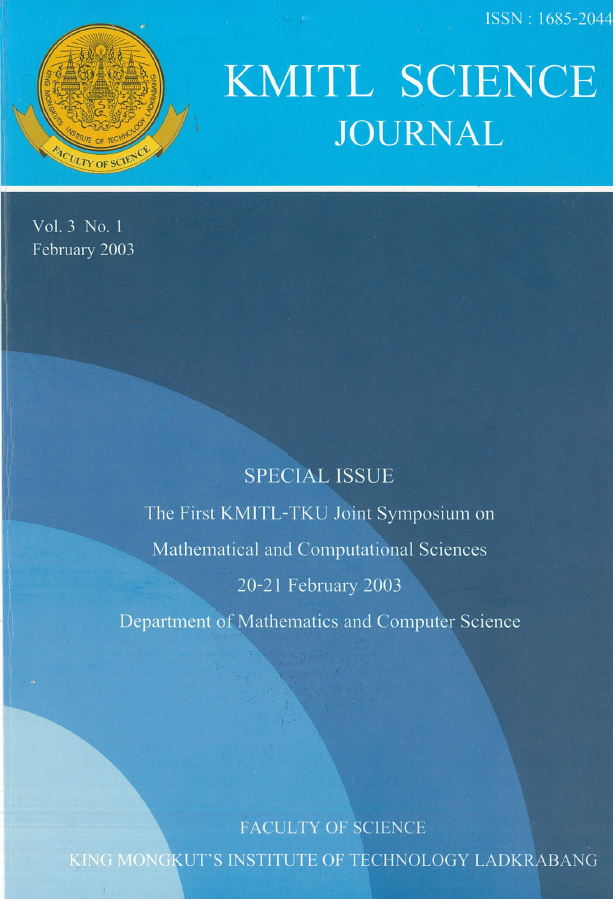A Revision of the Sensory Evaluation by Paired Comparison
Main Article Content
Abstract
It is difficult to rank the objects which we can’t physically observe by our sense. Of course, to rank all of the incentives we receive is almost impossible, but to rank them partially is possible by the paired comparison, a typical method of partial ranking, which is interesting practically as well as theoretically.
This paper shows that the paired comparison can be applied to Böckenholt’s partial ranking data, that it is to say, it shows that is possible to use Thurstone’s Law of Comparative Judement for analysis, though there are several techniques in the paired comparison.
We want to rank all of the incentives by psychological measurements which are done by making the numerical value of human incentives. The Thurstone’s Law of Comparative Judement, however, needs a lot of parameters, so it is difdicult to make the psychological measurements. We revised the judement by making the number of parameters fewer. Accordingly, in the case of the fewer parameters we were able to make the measurement value of caseIII and case V of the Thurstone’s Law of Comparative Judement and to show the presumption and the measurement of the parameters by the revised measurement value before analyzing the practical data.
As a result, we were able to show that the paired comparison can be applied to the ranking of the incentive objects.
Keywords: sensory test, paired comparison, estimation and test.
E-mail: cast@kmitl.ac.th
Article Details
Copyright Transfer Statement
The copyright of this article is transferred to Current Applied Science and Technology journal with effect if and when the article is accepted for publication. The copyright transfer covers the exclusive right to reproduce and distribute the article, including reprints, translations, photographic reproductions, electronic form (offline, online) or any other reproductions of similar nature.
The author warrants that this contribution is original and that he/she has full power to make this grant. The author signs for and accepts responsibility for releasing this material on behalf of any and all co-authors.
Here is the link for download: Copyright transfer form.pdf
References
[2] L.L. Thurstone (1927). A. law of comparative judgment. Psychological Review, 15, 284-297.
[3] Frederick Mosteller (1951). Remarks on the method of paired comparisons:I. The least squares solution assuming equal standard deviations and equal correlations. Psychometrika, 16, No.1. 3-9.
[4] Raymond H. Burros and W.A. Gibson (1954). A solution for Case III of the Law of comparative judgment. Psychometrika, 19, No.1, 57-64.
[5] Iizuka. M and Ujiie. K (2002) A Generalized Modification of Scheffé’s Paired Comparisons-A theoretical approach to decrease the numbers of experiments- Measurement and Multivariate Analysis, the Institute of Statistical Mathematics. Springer Verlag. 77-86.
[6] Ujiie. K and Inoue. Y (1997). A Modification of Scheffé’s Paired Comparisons-A theoretical approach to decrease the number of experiments-. Proceeding of the Faculty of Science of Tokai University 32, 43-53.


